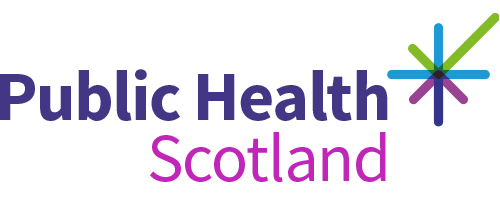- Published
- 30 December 2024
- Journal article
Myocardial ischaemia following COVID-19: a cardiovascular magnetic resonance study
- Authors
-
- Source
- International Journal of Cardiovascular Imaging
Abstract
The pathophysiology of myocardial injury following COVID-19 remains uncertain. COVID-HEART was a prospective, multicentre study utilising cardiovascular magnetic resonance (CMR) to characterise COVID-related myocardial injury. In this pre-specified analysis, the objectives were to examine (1) the frequency of myocardial ischaemia following COVID-19, and (2) the association between ischaemia and myocardial injury. We studied 59 patients hospitalised with COVID-19 and elevated serum troponin (COVID + /troponin + , age 61 ± 11 years) and 37 control subjects without COVID-19 or elevated troponin and similar by age and cardiovascular comorbidities (COVID −/comorbidity + , 64 ± 10 years). Subjects underwent multi-parametric CMR (comprising assessment of ventricular volumes, stress perfusion, T1/T2 mapping and scar). The primary endpoint was the frequency of inducible myocardial ischaemia. Inducible ischaemia was evident in 11 (19%) COVID + /troponin + patients and in 8 (22%) control subjects (p = 0.72). In COVID + /troponin + patients with ischaemia, epicardial coronary disease pattern ischaemia was present in eight patients and microvascular disease pattern, in three patients. There was no significant difference in the frequency of inducible ischaemia in COVID + /troponin + patients with previous myocardial infarction and/or revascularisation compared to those without (2/12 [17%] vs. 9/47 [19%] respectively, p = 0.84), or in those with and without scar (7/27 [26%] vs. 4/32 [13%] respectively, p = 0.19). Myocardial ischaemia was present in ~ 20% of patients recently hospitalised with COVID-19 and with elevated cardiac troponin, but this was not different to matched comorbid controls. This finding coupled with the lack of an association between ischaemia and myocardial scar suggests that coronary artery abnormalities are unlikely to be the predominant mechanism underlying COVID-19 induced myocardial injury.
Rights
This article is licensed under a Creative Commons Attribution 4.0 International License, which permits use, sharing, adaptation, distribution and reproduction in any medium or format, as long as you give appropriate credit to the original author(s) and the source, provide a link to the Creative Commons licence, and indicate if changes were made. The images or other third party material in this article are included in the article's Creative Commons licence, unless indicated otherwise in a credit line to the material. If material is not included in the article's Creative Commons licence and your intended use is not permitted by statutory regulation or exceeds the permitted use, you will need to obtain permission directly from the copyright holder. To view a copy of this licence, visit http://creativecommons.org/licenses/by/4.0/.
Cite as
Arnold, J., Yeo, J., Budgeon, C., Shergill, S., England, R., Shiwani, H., Artico, J., Moon, J., Gorecka, M., Roditi, G., Morrow, A., Mangion, K., Shanmuganathan, M., Miller, C., Chiribiri, A., Alzahir, M., Ramirez, S., Lin, A., Swoboda, P., McDiarmid, A., Sykes, R., Singh, T., Bucciarelli-Ducci, C., Dawson, D., Fontana, M., Manisty, C., Treibel, T., Levelt, E., Young, R., McConnachie, A., Neubauer, S., Piechnik, S., Davies, R., Ferreira, V., Dweck, M., Berry, C., McCann, G., Greenwood, J., Oxford Acute Myocardial Infarction OxAMI Study Investigators & COVID-HEART Investigators 2024, 'Myocardial ischaemia following COVID-19: a cardiovascular magnetic resonance study', International Journal of Cardiovascular Imaging, 41, pp. 247-256. https://doi.org/10.1007/s10554-024-03304-7
Downloadable citations
Download HTML citationHTML Download BIB citationBIB Download RIS citationRISIdentifiers
- Repository URI
- https://hdl.handle.net/2164/25585
